From the enigmatic depths of space to the heart of explosive supernovae, these elements are born through extraordinary cosmic processes that have shaped our universe for billions of years. We will delve into the mysteries of their creation, discovering how their scarcity contributes to their exceptional value and intrigue.
Get ready to encounter elements that defy conventional wisdom, challenge our understanding of the cosmos, and push the boundaries of scientific knowledge. Join us as we unlock the secrets of these precious treasures, allowing us to appreciate the awe-inspiring diversity that lies within the vast expanse of our universe.
In this article, we will unveil the top 10 rarest elements in the universe, unveiling their fascinating origins and mind-boggling properties.
10. Protactinium (Pa)
Atomic Number: 91
Atomic Mass: 231.03588 u
Element: Actinide
Common Uses: Nuclear research, radiometric dating, neutron source
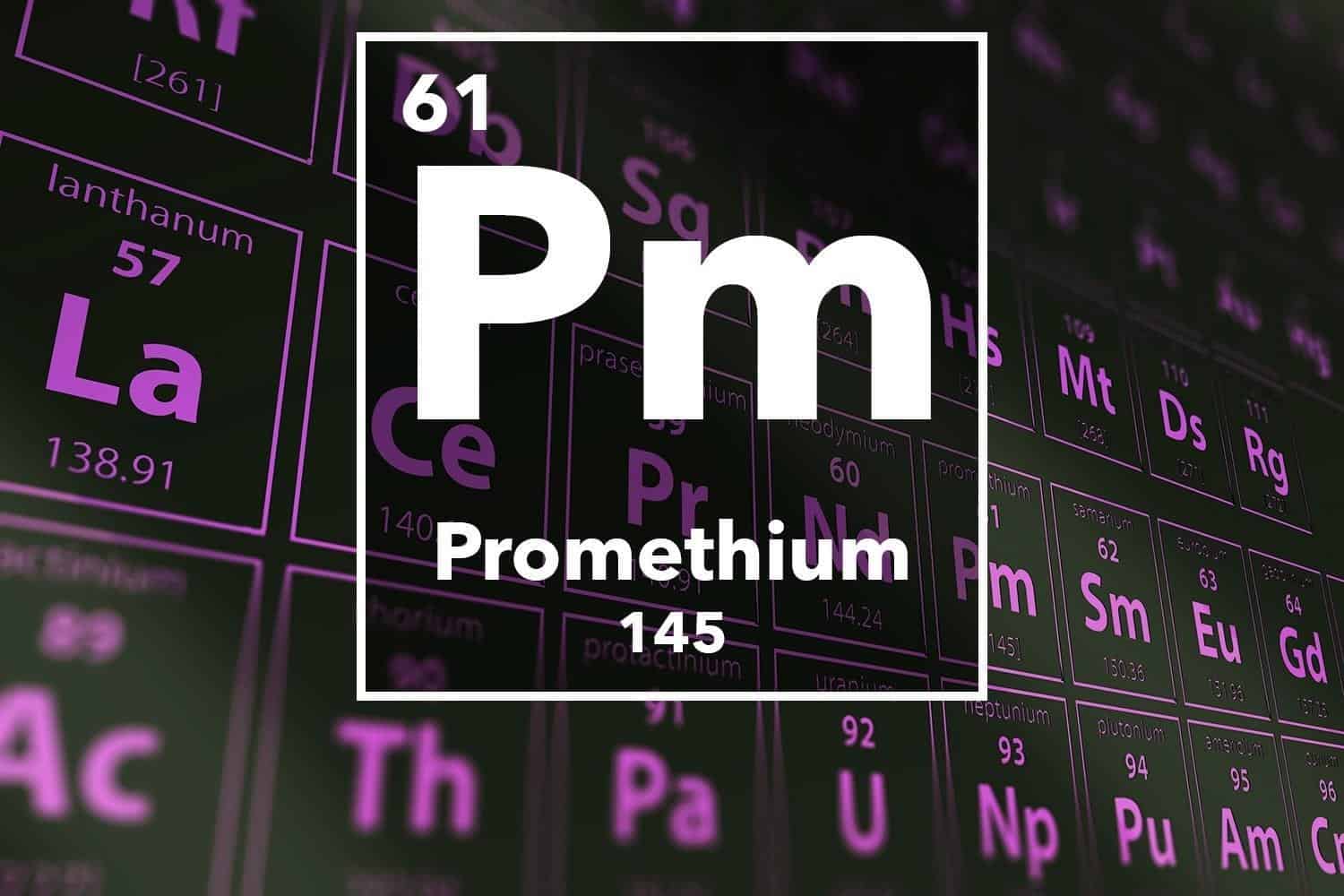
Protactinium (Pa) is a rare element in the earth’s crust in small quantities, typically associated with uranium ores. Due to its scarcity, it is not widely used in industrial applications. However, it has important uses in nuclear research as it is a potent neutron emitter. Additionally, protactinium has been used in radiometric dating to measure the age of rocks and geological materials.
Its unique decay properties make it an ideal tool for dating materials over various ages. In addition, it has been investigated for potential applications in nuclear energy and as a target material for medical isotope production. Despite its limited commercial uses, research on protactinium is of interest to the scientific community as it provides insights into the behavior of heavy elements and their potential for various applications.
Did You Know?
During their investigation into the decay of uranium, Kasimir Fajans and O. H. Göhring made the initial discovery of protactinium in 1913.
9. Radium (Ra)
Atomic Number: 88
Atomic Mass: 226 u
Element: Alkaline-earth metal
Common Uses: Industrial radiography, cancer treatment, production of luminous paints
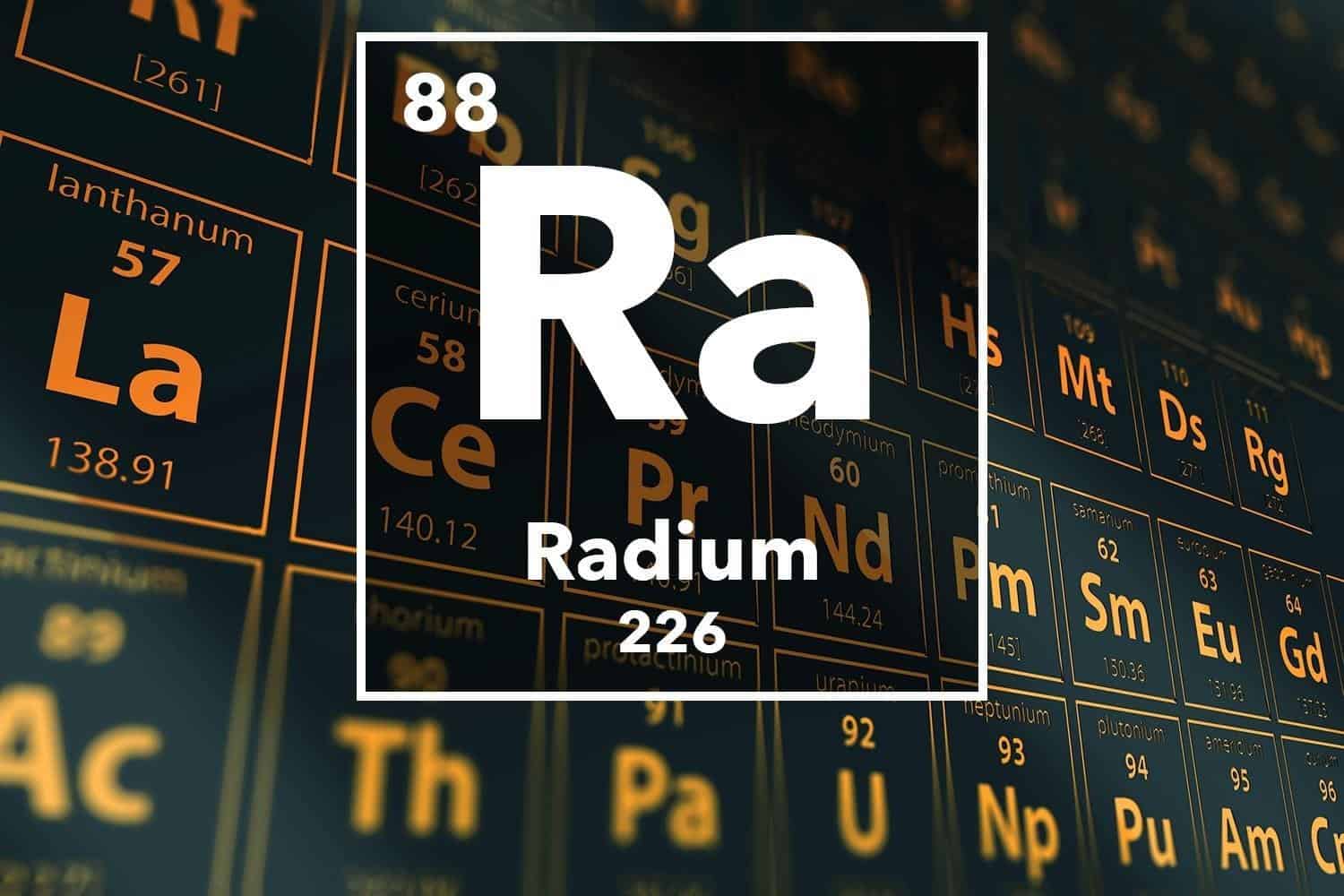
One of the notable uses of radium (Ra) is in industrial radiography, where it is employed for the non-destructive testing of materials, such as checking the integrity of welds or detecting flaws in metal structures. Additionally, radium plays a crucial role in cancer treatment. Due to its highly radioactive nature, it can be utilized in targeted radiation therapy to destroy cancer cells while minimizing damage to surrounding healthy tissues.
Another intriguing application of radium is in the production of luminous paints. In the past, radium-based paints were employed to create glow-in-the-dark effects on watch dials and aircraft instrument panels. However, due to its radioactivity and associated health risks, the use of radium in consumer products has been largely discontinued.
Did You Know?
Radium was once used in self-luminous watches, but its radioactive properties led to health concerns and subsequent regulations.
8. Francium (Fr)
Atomic Number: 87
Atomic Mass: 223 u
Element: Alkali metal
Common Uses: Research in atomic physics, synthesis of superheavy elements, production of high-energy particle beams
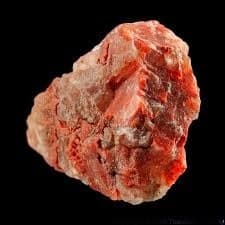
Francium (Fr) is an incredibly rare and highly reactive alkali metal with an atomic number of 87 and an atomic mass of 223 u. It is the second-rarest naturally occurring element with an abundance of only 1 x 10^-21 parts per million by weight. Due to its extreme rarity and high radioactivity, francium is primarily used for research in atomic physics and the synthesis of superheavy elements.
Its unstable nature makes it a valuable tool for studying nuclear reactions and understanding fundamental atomic processes. One of the notable applications of francium is its use in the production of high-energy particle beams. These beams are employed in particle accelerators to investigate subatomic particles’ behavior and explore particle physics’ mysteries.
Did You Know?
Francium’s radioactive decay also generates useful gamma radiation, utilized in medical imaging techniques such as positron emission tomography (PET) scans.
7. Astatine (At)
Atomic Number: 85
Atomic Mass: 210 u
Element: Halogen
Common Uses: Radiotherapy, research in nuclear chemistry, labeling and tracing in biomedical studies
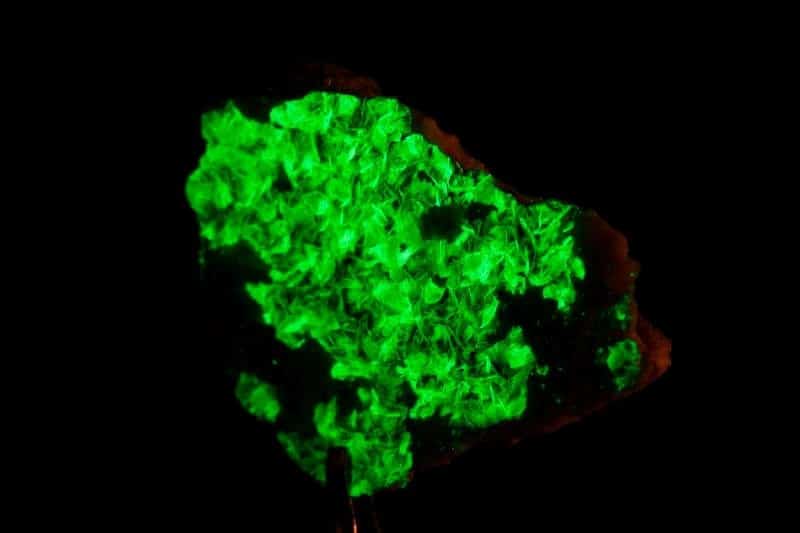
In abundance, astatine is extremely scarce, with concentrations ranging from 0.05 to 0.5 parts per trillion by weight. This scarcity makes it one of the least-studied elements, and much of its properties and behavior are still not fully understood. Astatine has several important applications in different fields.
In radiotherapy, it is used as a source of alpha particles to target and destroy cancer cells. Its radioactive nature is valuable in nuclear chemistry research, where scientists study nuclear reactions and decay processes. Additionally, astatine is used in biomedical studies as a tracer and labeling agent, enabling researchers to track the movement of substances within living organisms.
Did You Know?
Astatine was first discovered by Dale R. Corson, Kenneth Ross MacKenzie, and Emilio Segrè at the University of California, Berkeley, in 1940.
6. Bismuth (Bi)
Atomic Number: 83
Atomic Mass: 208.9804 u
Element: Post-transition metal
Common Uses: Medicinal applications, industrial alloys and catalysts, cosmetic and skincare products
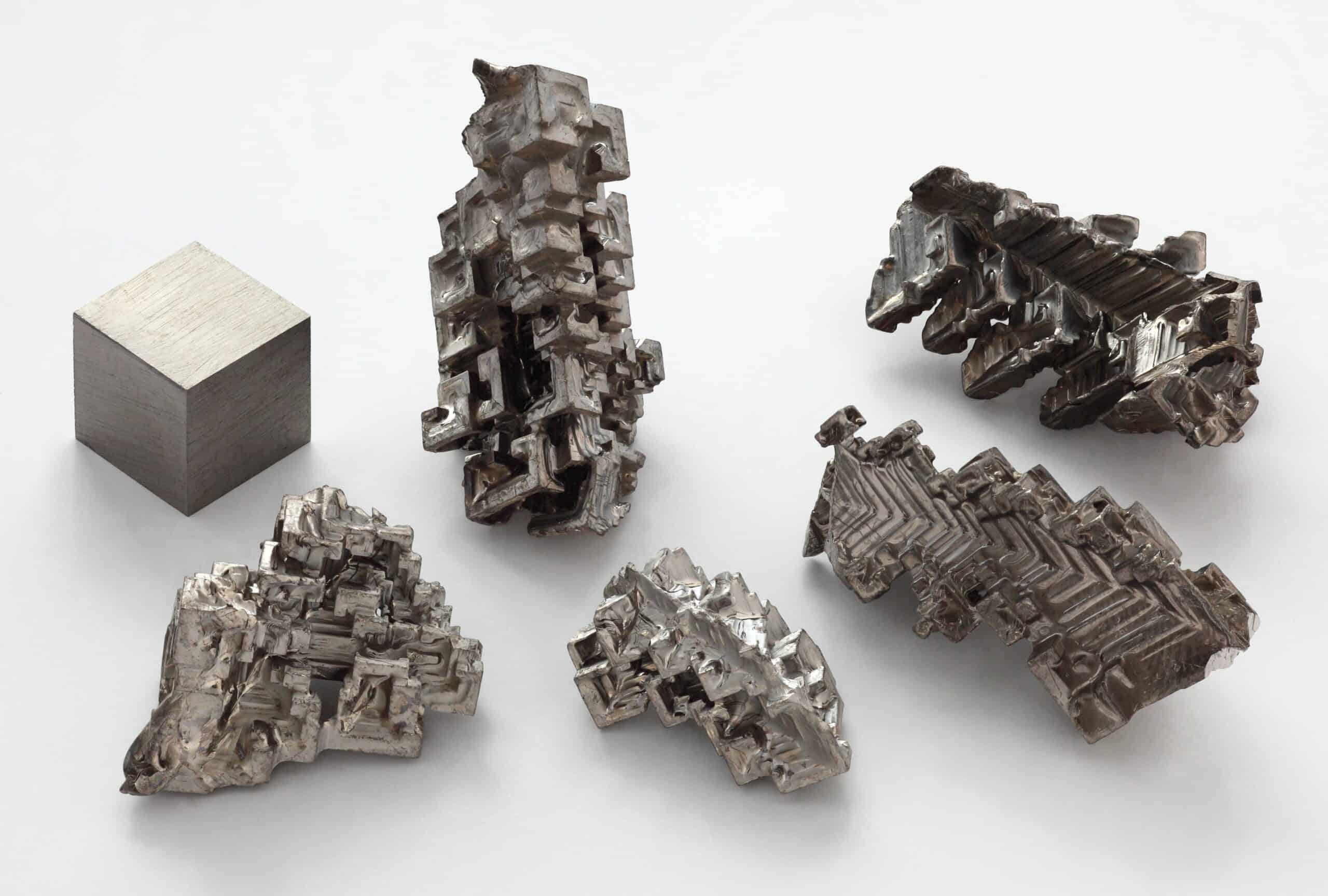
Bismuth is a chemical element with atomic number 83 and the symbol Bi. It is a dense, silvery-white metal that has a pinkish tint. Bismuth is commonly used in cosmetics, pigments, and some medications due to its properties, such as being non-toxic and having a low thermal conductivity. In addition to its industrial applications, bismuth has a few medical uses, including as an active ingredient in some antacids and in treating certain gastrointestinal disorders.
Bismuth is not commonly found in its pure form in nature but in minerals such as bismuthinite and bismite. It is often extracted from lead, copper, tin, and silver ores as a byproduct. Bismuth has been studied for its potential as a replacement for lead in various applications due to its low toxicity and environmental impact.
Did You Know?
The largest producers of bismuth are China, Peru, and Mexico.
5. Osmium (Os)
Atomic Number: 76
Atomic Mass: 190.23 u
Element: Transition metal
Common Uses: Catalyst in chemical reactions, a component in high-density alloys, tip for fountain pen nibs
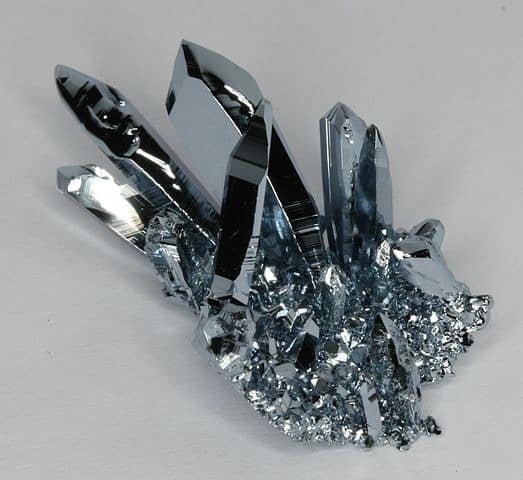
Osmium (Os) is an element in the platinum group of metals that is a robust, dense, bluish-white metal renowned for having the highest density among all known elements. It is an exceedingly rare metal, typically occurring within the Earth’s crust in small quantities. Its primary application lies in the formation of alloys, contributing to enhanced strength, hardness, and durability.
Moreover, osmium finds utility in various industries, including producing fountain pen tips, electrical contacts, and pivots for timekeeping devices such as clocks and watches. Additionally, osmium tetroxide is a commonly employed laboratory reagent, facilitating the staining of biological samples and use in organic synthesis. Its density further qualifies osmium for utilization as a standard for weight and measurement. While osmium lacks a recognized biological function, it is acknowledged to be highly toxic.
Did You Know?
Excessive exposure to osmium can result in lung damage and irritation of the skin and eyes, with potentially fatal consequences.
4. Hafnium (Hf)
Atomic Number: 72
Atomic Mass: 178.49 u
Element: Transition metal
Common Uses: Nuclear reactor control rods, superalloys for aerospace applications, high-temperature ceramics
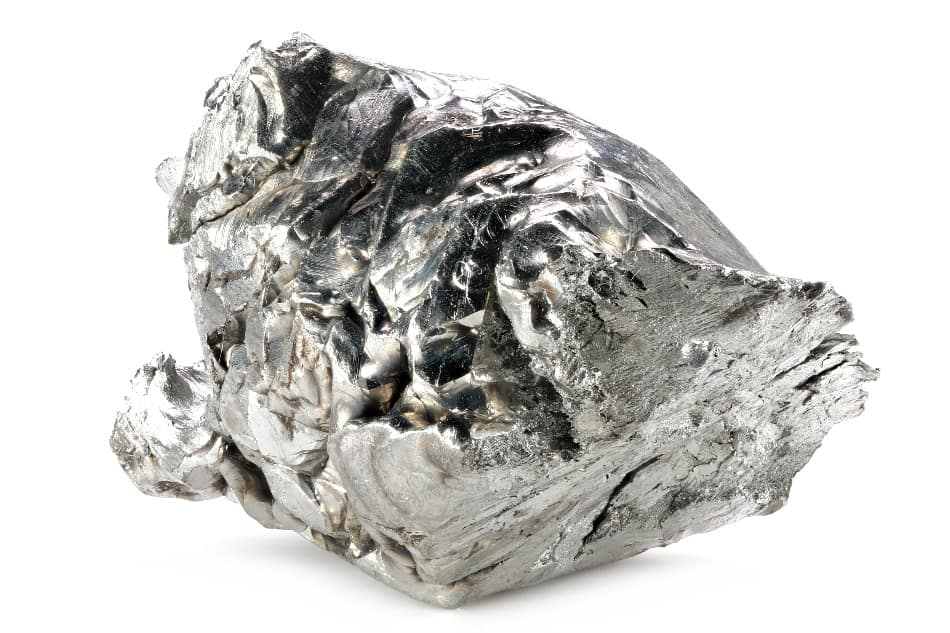
Hafnium was discovered in 1923 by Dirk Coster and George de Hevesy. Hafnium is relatively rare and typically found in minerals such as zircon (ZrSiO4) and baddeleyite (ZrO2). It is often associated with zirconium, as they have similar chemical properties. One of the notable characteristics of hafnium is its high melting point, which is the highest among all the transition metals. Hafnium has a melting point of approximately 2,220 degrees Celsius (4,028 degrees Fahrenheit).
It also has a high density and is corrosion-resistant, making it useful in various applications. Hafnium has several important uses. One of its primary applications is in the nuclear industry. Hafnium has a strong ability to absorb thermal neutrons, making it suitable as a neutron absorber in control rods for nuclear reactors. It helps regulate the rate of nuclear fission reactions by capturing excess neutrons, thus preventing the reactor from becoming uncontrollable.
Did You Know?
It is named after Hafnia, the Latin name for Copenhagen, the city in Denmark where it was discovered.
3. Thulium (Tm)
Atomic Number: 69
Atomic Mass: 168.93421 u
Element: Lanthanide
Common Uses: Medical imaging, laser surgery, nuclear medicine
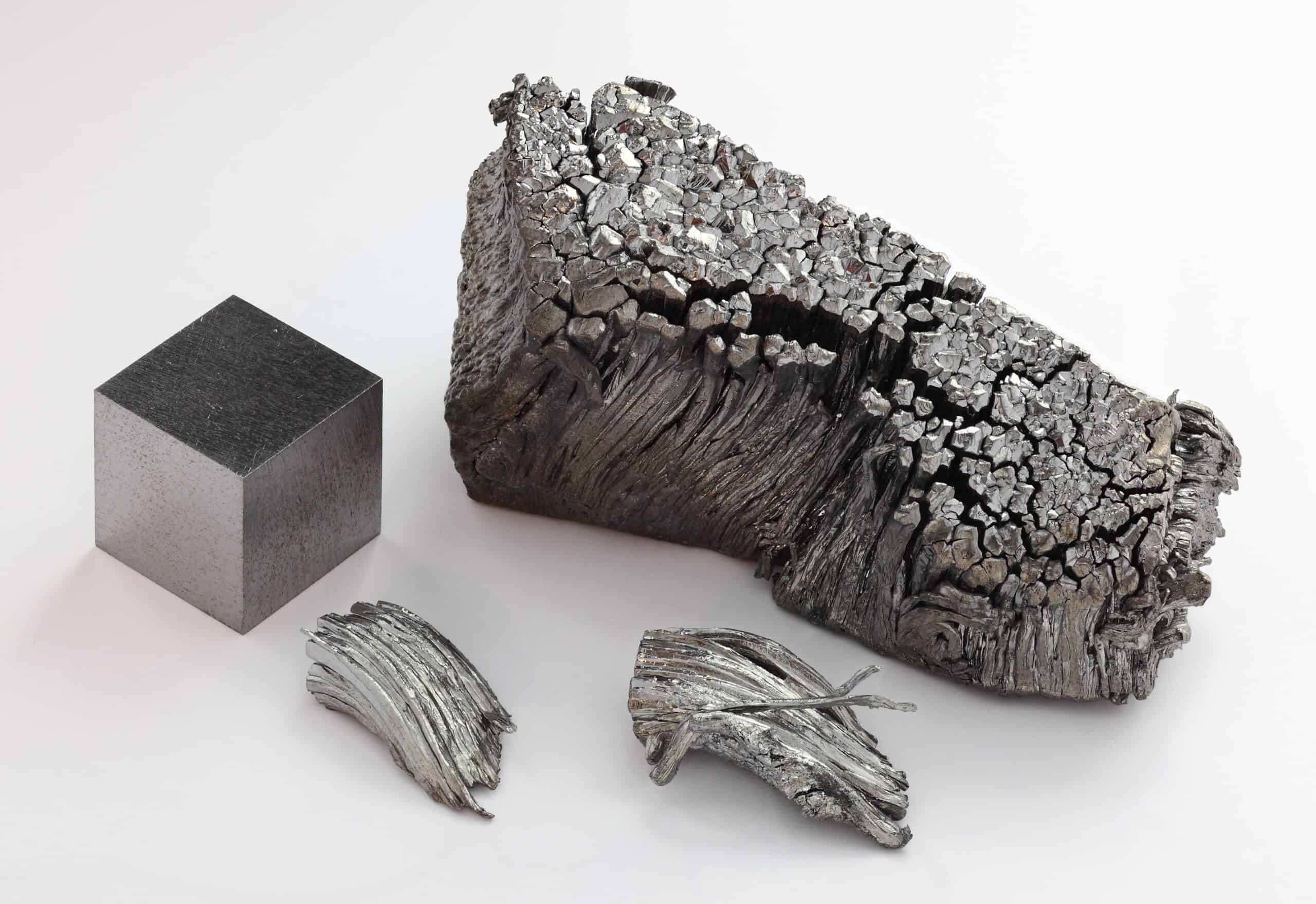
One significant characteristic of thulium is its ability to absorb and emit electromagnetic radiation in the infrared range. This property has led to its use in laser technologies, particularly in medical and scientific research. Thulium-doped solid-state lasers have been employed in manufacturing processes in laser eye surgery, dermatology treatments, and even laser welding.
Thulium also exhibits interesting magnetic properties. It is a paramagnetic material, meaning it becomes weakly magnetized in an external magnetic field. This property has found applications in magnetostrictive alloys, where small changes in magnetic field can generate mechanical strain and vice versa. Such alloys are used in actuators, sonar systems, and sensors.
Did You Know?
Thulium is also utilized in phosphors for producing green light in display screens and other electronic devices.
2. Terbium (Tb)
Atomic Number: 65
Atomic Mass: 158.92535 u
Element: Lanthanide
Common Uses: Phosphors in fluorescent lamps and television screens, catalyst in organic synthesis reactions.
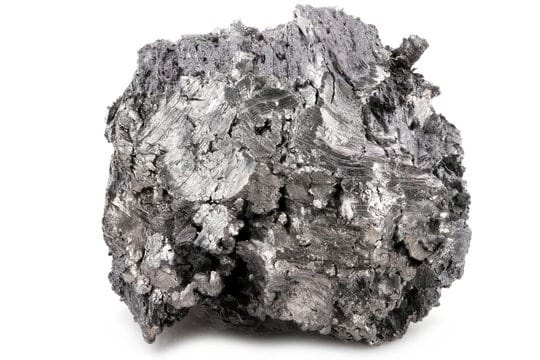
Terbium is a soft, silvery-white metal relatively stable in the air. It is quite malleable and can be easily cut with a knife. Terbium has a melting point of 1,356 degrees Celsius (2,473 degrees Fahrenheit) and a boiling point of 3,230 degrees Celsius (5,846 degrees Fahrenheit). It is paramagnetic, meaning it is weakly attracted to magnetic fields and can be magnetized.
One of the most notable properties of terbium is its ability to emit green luminescence when exposed to certain forms of energy, such as ultraviolet light. This property makes terbium a vital component in various lighting and display technologies applications. It is often used to produce phosphors for fluorescent lamps, television screens, and computer monitors.
Did You Know?
The green color terbium emits is also utilized in some security features on banknotes to prevent counterfeiting.
1. Promethium (Pm)
Atomic Number: 61
Atomic Mass: 145 u
Element: Lanthanide
Common Uses: Radioactive source in industrial gauges, Medical treatment for bone cancer

Promethium is considered the rarest element in the universe. One unique characteristic of promethium is that it does not exist naturally on Earth in appreciable amounts. It is only found in trace quantities due to nuclear reactions or as a byproduct of uranium fission. Promethium isotopes have relatively short half-lives, further contributing to their natural rarity.
The discovery of promethium is credited to scientists Jacob A. Marinsky, Lawrence E. Glendenin, and Charles D. Coryell, who first isolated the element in 1945 at the Oak Ridge National Laboratory in the United States. They named it after the Titan Prometheus from Greek mythology, as promethium is known for its intense and enduring radioactive properties.
Did You Know?
From a health and safety perspective, promethium is hazardous due to its radioactivity.
